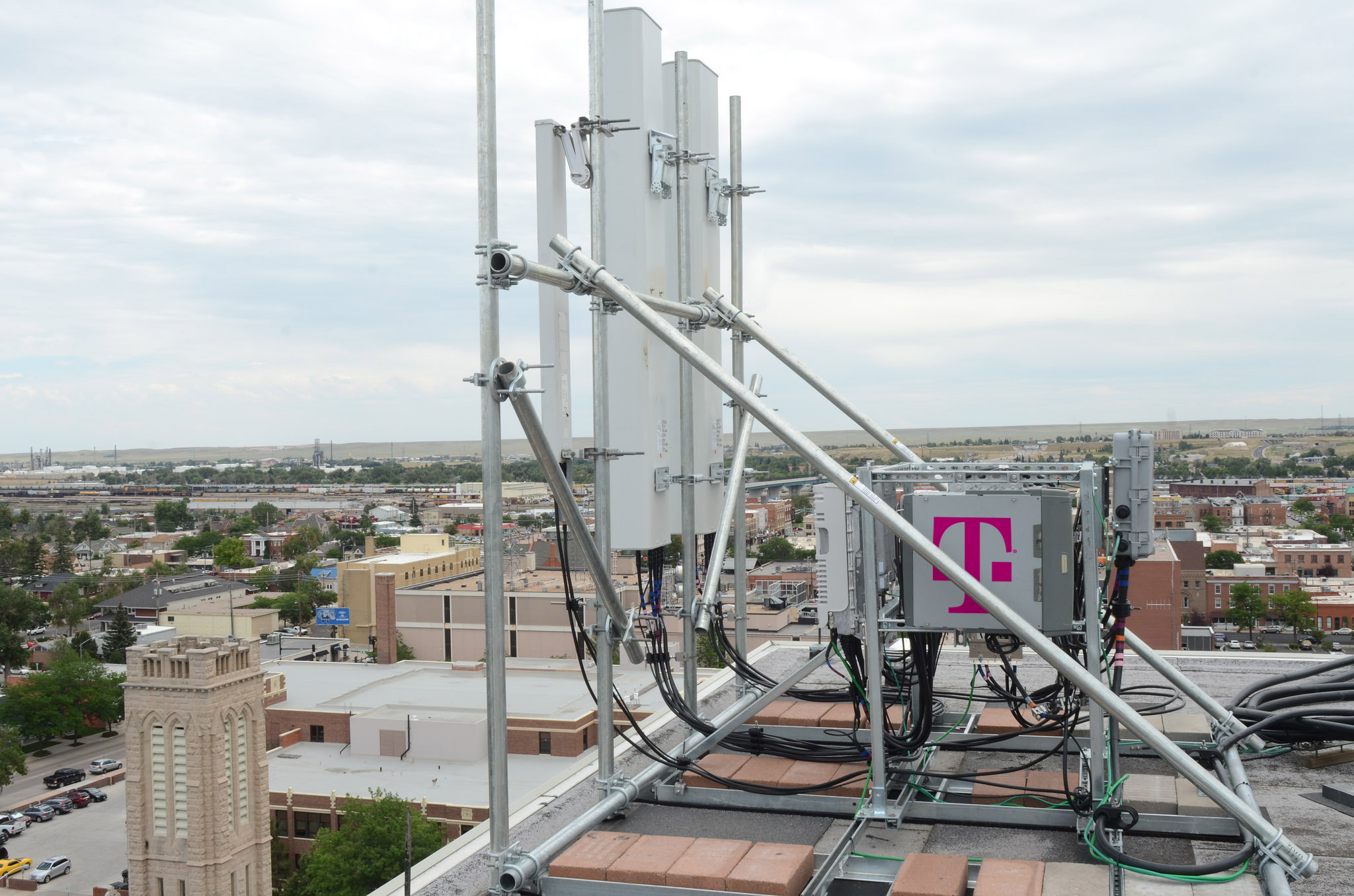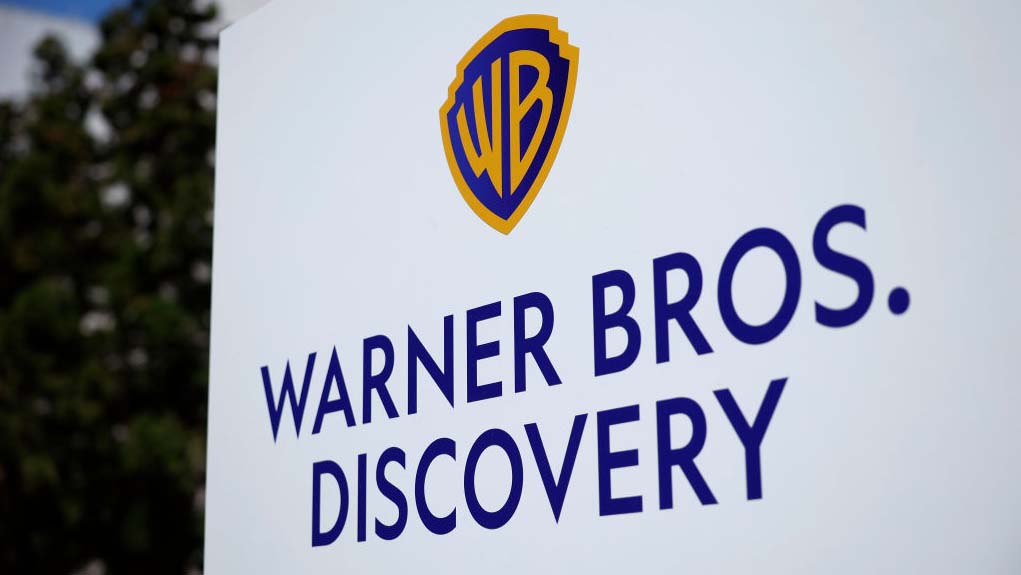Wireless Comms Providers Cope with Frequency Changes
LOS ANGELES—At the Mobile World Congress (MWC) in Barcelona, Spain, at the end of February, T-Mobile announced that it plans to build out its 5G services in 30 major U.S. cities this year, including New York, Los Angeles, Dallas and Las Vegas. While the “Un-carrier” — as the company likes to refer to itself — was not specific about what frequency spectrum those services will use, wireless microphone, in-ear and communications equipment users are already on notice that they may have to vacate the 600 MHz band sooner than the FCC’s post-incentive auction TV station repack schedule would suggest.
T-Mobile acquired 31 MHz of the 600 MHz spectrum licenses made available by the FCC’s Incentive Auction, which ended in April 2017, spending nearly $8 billion. The carrier sought the spectrum because it allows it to “cover every single American with low-band spectrum, which travels twice as far and is four times better in buildings than mid-band spectrum.”

The company has built out its new 600 MHz services quickly, lighting up its first site, in Cheyenne, Wy., in August 2017. By the end of 2017 the carrier had expanded its coverage in what is known in the telecom industry as Band 71 into 26 more U.S. counties.
T-MOBILE OUT IN FRONT
T-Mobile kicked off 2018 with an announcement that its 600 MHz services had been extended to 586 cities and towns in 28 states. The carrier also announced during MWC that it has expanded into 90 more towns and cities across 26 states, including major population centers such as San Jose, Calif., Jacksonville, Fla., Seattle. Louisville, Ky. and Tucson and Mesa, Ariz.
T-Mobile was not alone in acquiring 600 MHz spectrum in the auction, of course, but thus far it is the only carrier to deploy new low-band spectrum services. While the carrier’s initial focus was on building out its Band 71 infrastructure for rural populations, affecting relatively few broadcasters, professional audio companies and other operators, its more recent announcements — and actions — have now put wireless mic users in urban areas on notice.
The carrier’s swift rollout of Band 71 services has put wireless audio equipment operators in “phase zero” of the TV station frequency repack. That term was coined by Karl Voss, Lead Frequency Coordinator for the NFL, for those impacted ahead of the FCC’s planned 10-phase repack schedule.
The professional video industry's #1 source for news, trends and product and tech information. Sign up below.
The potential impact on wireless mic users should not be underestimated. Licensed and unlicensed wireless audio equipment operators must vacate frequency spectrum in the 600 MHz band as soon as any of the new licensees announce an intention to begin using it, whether for testing or full-time services.
The situation is complicated by the fact that Band 71 uplink and downlink spectrum is in 5 MHz blocks to either side of the duplex gap, so does not conveniently line up with 6 MHz-wide TV channels. Per 47 U.S. Code § 503, the FCC may impose a fine of "$10,000 per violation or per day of a continuing violation and $75,000 per any single act or failure to act" on anyone who continues to operate in the relevant spectrum.
According to James Stoffo, founder of wireless comms provider Radio Active Designs, “I’ve done my last show using equipment that operates above 608 MHz, except for the 653-663 MHz duplex gap. If there are no DTV stations in the duplex gap, then we can be assured that those frequencies will remain clean for wireless system usage, as long as the special restrictions for that band are met, until we get a better sense for the RF out of band emissions by the adjacent LTE downlink and uplink.”
If T-Mobile wants to fire up services in an area it can, provided the company sends advance notification to protected users — but wireless mic operators are considered secondary users and are not protected. Happily, the company is bending over backwards to be a good spectrum neighbor, but it can only do so much.
At the DTV Audio Group’s Spectrum Workshop at the SVG Summit in New York in December, Dan Wilson, senior manager spectrum engineering for T-Mobile, encouraged wireless mic operators to visit the carrier’s dedicated website, where it posts updates to the list of new Band 71 sites. The carrier has been notifying its “significant email distribution list” of wireless mic users whenever it updates that list, said Wilson, who is encouraging those not on the list to contact the company. T-Mobile is also working with the SBE and NFL frequency coordinators and, less successfully, with tech companies such as Microsoft and Google and the white space database companies, he reported.
AHEAD OF THE FCC TIMETABLE
Tests conducted by T-Mobile have revealed several scenarios in which the carrier’s equipment and wireless mics can interfere with each other, Wilson reported. In the uplink spectrum, the wireless mic will cause interference to the T-Mobile base station. In a venue, a wireless handset could cause interference to a wireless microphone receiver.
In the downlink spectrum, wireless mic interference directly into handsets is a concern, he said. The downlink base station into the wireless receiver is also a concern.
Each downlink receiver is 40W plus the antenna gain, he noted. Anyone doing frequency scans will immediately see T-Mobile’s downlink, which is active 24/7, he said, but handset use will depend on customers in the venue.
Wireless mic operators should not assume that the TV station repack will follow the FCC’s timetable, said Wilson. “We are working with stations to move them earlier than the 10-phase plan.”
T-Mobile previously announced that it had partnered with Fox Television Stations to assist in repacking its 600 MHz spectrum. The carrier has also partnered with PBS and America’s Public Television Stations (APTS) to assist rural translators in the move to new airwaves, clearing the spectrum for its Band 71 services.
As part of the Fox agreement, WWOR-TV in New Jersey will repack in early 2018, more than one year sooner than the originally scheduled FCC deadline of August 2019. According to Wilson, T-Mobile won licenses to 622–632 MHz in the downlink spectrum (663-673 MHz in the uplink block) in the New York metro area and will begin services in Manhattan in Q3 2018 after assisting WWOR to relocate.
Wireless audio equipment operators in New York City will be affected if they are using those uplink block frequencies but will initially not see a lot of uplink activity since there are currently only two 600 MHz handsets on the market, he said. However, Wilson added, T-Mobile plans to launch more than a dozen new 600 MHz-capable smartphones in 2018.
In short, wireless mic users can’t rely on the FCC’s projected 39-month transition plan to replace affected equipment with gear compliant with the new rules. The bottom line? Start budgeting for replacement equipment and begin replacing that equipment now.
Steve Harvey began writing for Pro Sound News and Surround Professional in 2000 and is currently senior content producer for Mix and a contributor to TV Tech. He has worked in the pro audio industry—as a touring musician, in live production, installed sound, and equipment sales and marketing—since November 1980.
